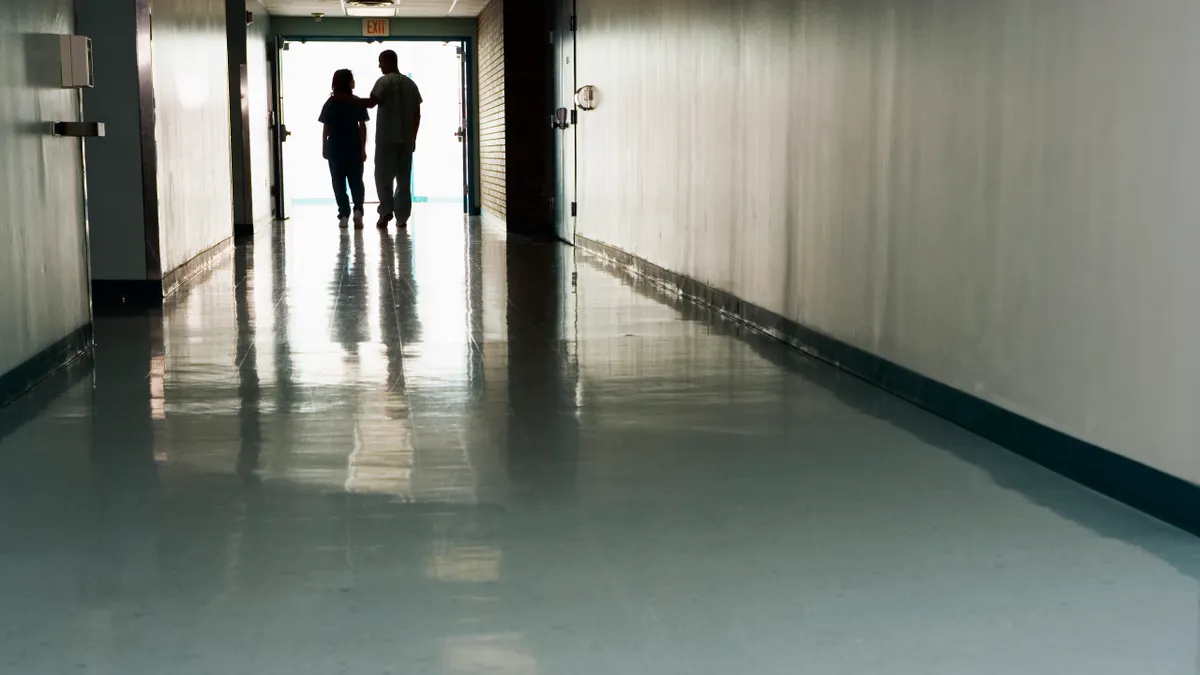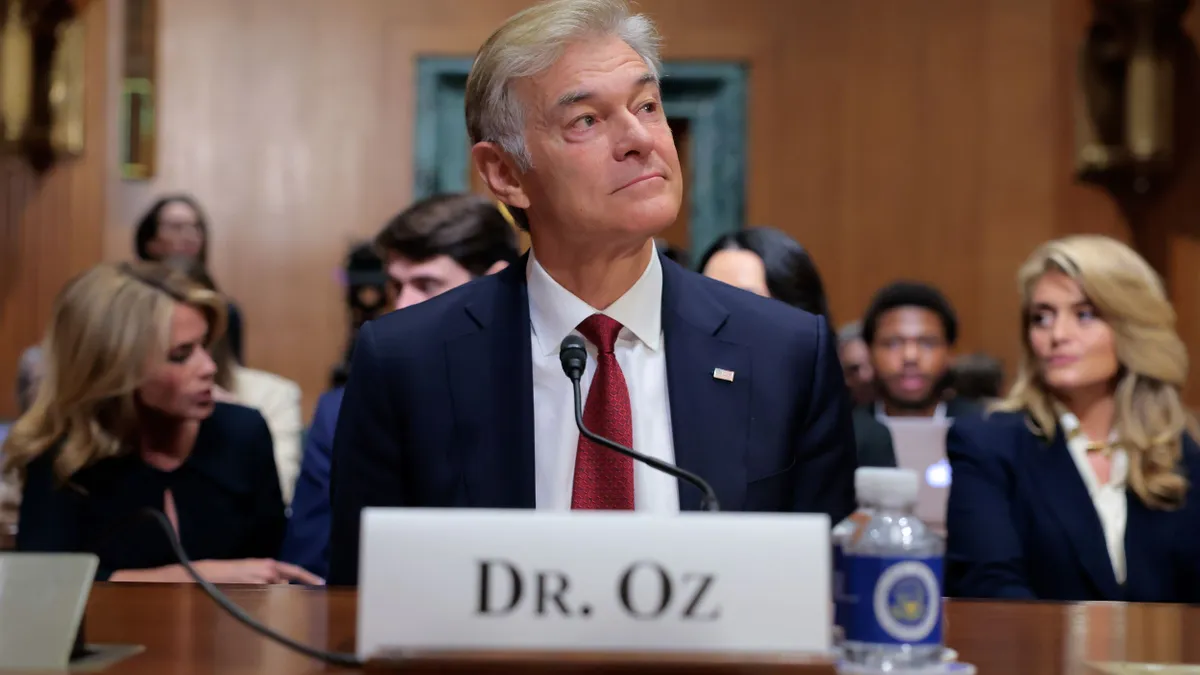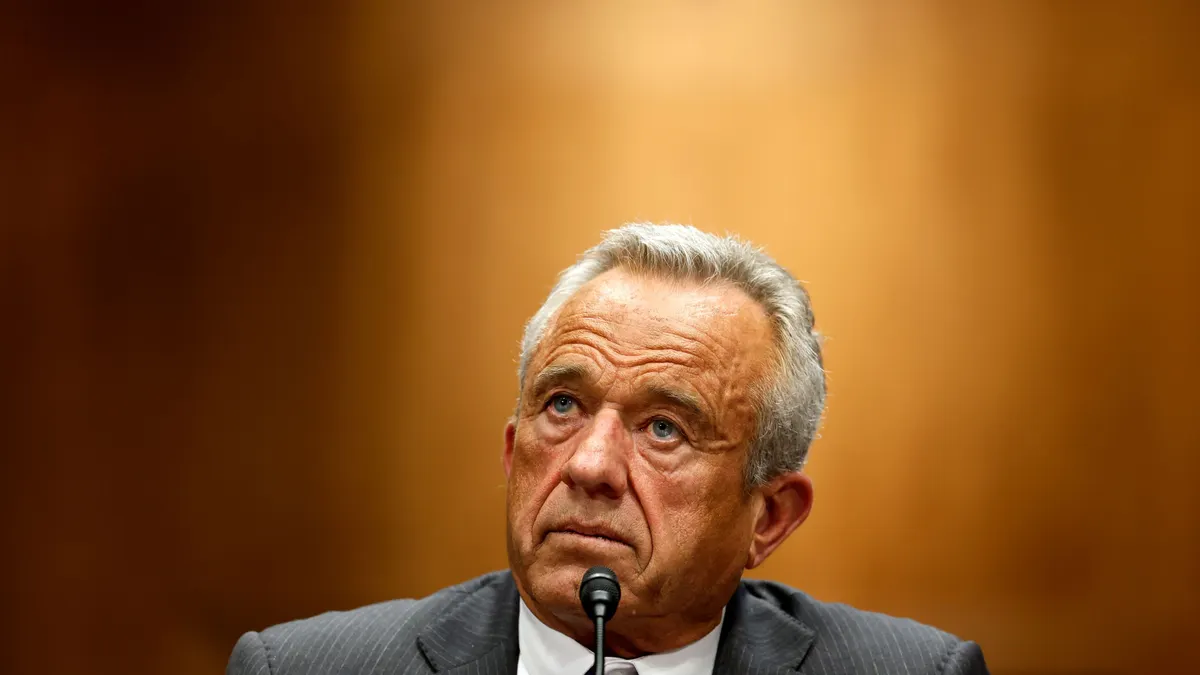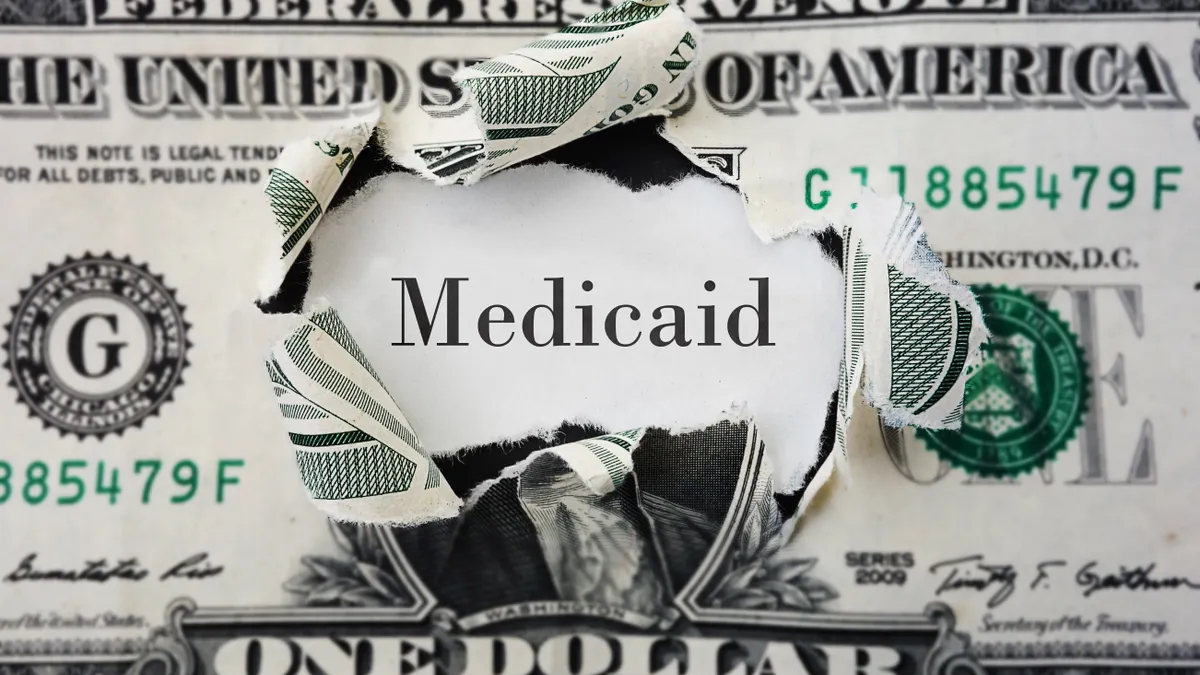Next month, applications are set to open for the new $50 billion Rural Health Transformation Program, according to comments from CMS Administrator Dr. Mehmet Oz.
However, just weeks away from the application process beginning, health policy analysts still have more questions than answers about how the program will work, and they disagree about the fund’s fundamentals, from eligibility requirements to the overarching purpose of the program.
The temporary program was a last minute add-on to President Donald Trump’s One Big Beautiful Bill Act, offered up by Republican congressional leaders in a final push to win over a handful of Republican holdouts, who worried that the spending package included too many cuts to Medicaid.
The spending package is expected to cut $155 billion in rural Medicaid spending across 10 years, according to an analysis from nonprofit health policy research firm KFF. The rural health fund could help plug some of that shortfall by setting aside $50 billion over the next five years, beginning in 2026, to improve rural healthcare outcomes.
The program was a victory in Congress, as it helped to secure key votes for the OBBA’s passage, including one from Republican Sen. Lisa Murkowski of Alaska.
However, health policy analysts say it’s not clear the program is a victory for rural hospitals.
“It is written very, very broadly, and that’s one of the issues,” according to Harold Miller, president and CEO of Center for Healthcare Quality and Payment Reform.
One problem, experts say, is that a policy cobbled together at the final hour tends to read like one.
“Let’s face it, this rural transformation fund appeared at the last minute in these negotiations,” said Leighton Ku, director of the Center for Health Policy Research at the Milken Institute School of Public Health. “It was not something that anyone gave extraordinary amounts of thought to, in terms of alternatives and how to structure it.”
The basics
On its face, the program is straightforward: The CMS will grant states money to improve rural health through two pots, which states will dole out as they see fit — provided their plans align with eight identified rural health issues outlined in the program’s text.
Half of the $50 billion will be awarded evenly across states with accepted applications, while the other half will be distributed at Oz’s discretion, based on factors including the number of rural health centers in a state and more subjective measures like the “situation of hospitals in the State.”
The program will run from fiscal year 2026 through 2030. States will submit their one-time applications for funding by the end of this year, including a detailed “transformation plan” about how they intend to use the funds.
Plans must address eight elements. Some are closely tied to financial risks facing rural hospitals. For example, states must identify “specific causes driving the accelerating rate of stand-alone rural hospitals becoming at risk of closure, conversion, or service reduction.” Another element says states must “improve access” to hospitals.
However, other elements are less obviously tied to one care setting. Instead, states are required to detail how they plan to “improve health care outcomes” of rural residents generally, invest in emerging technology, and recruit and retain more clinicians across the board.
The CMS’ decisions about funding are nonreviewable, meaning if states don’t like the amount they receive, they’re unable to appeal for judicial or administrative review, according to a program analysis published in Health Affairs.
If Oz does not approve of how states are using the funds, he can also “withhold payments to, or reduce payments to, or recover previous payments from, the State,” according to the law.
There’s a real risk of the CMS pulling funds, according to Ku.
“Suppose the state says, ‘We would like to do something that promotes diversity, equity, inclusion in rural health,’” Ku said. “Will that fly with CMS?”
Where will the money go?
Experts disagree about how the funds might be allocated. The program text does not explicitly require states to direct any dollars to hospitals, and experts are split over how much, if any, should flow to hospitals at risk of closure.
Some public policy experts hope the majority of the money will support small rural hospitals that stand to suffer most from the looming cuts to Medicaid, while others say the funds should go to a wider range of healthcare entities.
Ku said lawmakers have purposefully made the program ambiguous.
Republicans may have been reluctant to admit that small rural hospitals could close as a result of their Medicaid cuts, and so instead opted to tie the funds to fixing adjacent problems plaguing rural health, such as updating outdated IT systems, he said.
“The people who are putting this legislation together didn’t want to say, ‘Look, we know we’re gouging large parts out of the healthcare system, let’s do something to fill in what we’re gouging out.’ They didn’t want to be quite that reflective,” Ku said. “The rhetoric was, ‘In fact, there’s no pain whatsoever. All we’re doing is eliminating fraud and waste.’”
However, if the program is meant to offset Medicaid cuts, there could be serious problems with how the first half of the $50 billion is allocated among states, according to Tim McBride, a professor at Washington University in St. Louis’ School of Public Health.
McBride, who has written about the possible impacts of the rural health program, thinks the government will give each state with an accepted application an equal share of the $25 billion. Splitting the funds like this would advantage states with fewer rural hospitals by granting them more money than they are projected to lose from Medicaid cuts, according to McBride.
For example, if all 50 states apply for funding and are accepted, Wyoming could walk away with $654 million, which is 14.5 times larger than the amount it will lose from Medicaid cuts, according to his analysis. Meanwhile, states with a lot of rural hospitals, like Kentucky, Washington and Oregon, will receive far less than their expected Medicaid cut.
Other experts, like McBride’s colleague Abigail Barker, disagree.
“He’s reading it as an offset fund,” said Barker, referring to McBride’s research. “I don’t think that’s really what the intention of the money is. And when you read the details of what the money is for, it is actually not specific to hospitals at all… it’s geared toward investments.”
Barker, who has worked on rural health transformation projects in Missouri, thinks lawmakers envisioned the fund as a means to improve rural health in the long term — not just as a short-term financial stipend for struggling hospitals to survive Medicaid cuts.
Plus, states have a wide variety of health needs, and the funds could prop up other valuable initiatives, like local emergency services, home health or doula services, she said.
Miller, from the Center for Healthcare Quality and Payment Reform agrees, that non-hospitals could be eligible to receive funds, but worries large healthcare companies may be better equipped to submit quality applications for the funds than resource-strapped rural hospitals. In addition, states don’t have an incentive to prioritize hospitals in the application process.
“If you read the bill, it makes a reference to the fact that it’s supposed to make improvements in terms of rural healthcare... It doesn’t say preserve [healthcare],” Miller said. “The money could go to many places other than to actual hospitals and clinics.”
Meanwhile, Lisa Davis, director of the Pennsylvania Office of Rural Health, expressed concerns the funds could flow to large healthcare organizations that happen to own smaller rural health systems through consolidation.
Not enough for rural health
Whether states elect to give all of their allotted money to rural hospitals or just a fraction, experts say it won’t be enough to stem losses from the One Big Beautiful Bill Act.
Approximately half of rural hospitals are operating at a loss, according to a recent analysis from Chartis, almost 10% higher than the amount of hospitals in urban areas. More than 300 rural facilities are at “immediate risk of closing due to the severity of their financial problems,” according to a June report by the Center for Healthcare Quality and Payment Reform.
If all $50 billion of allotted funds went directly to those providers, it could prop them up in the short term, according to Miller.
However, it’s unlikely states will direct the full sum toward small providers and, even then, the money will run out in five years.
“Most fundamentally, it’s one-time money,” said Miller. “The challenges that the hospitals are facing aren’t one-time things... you’re delaying the problem, which is not bad... But delaying it is pushing back the inevitable.”
Barker said she wants to see lawmakers advocate for solutions that will help rural health providers in the long term, such as payment models that support a shift to value-based care. Medicare Advantage reform would also help, because rural providers struggle with prior authorization, payment denials and delays from payers, Miller said.
Finding a long-term solution to preserving rural health is paramount, not just for the providers who work there but also for the communities.
“The short-term impact is bad enough, but the longer-term impact on the communities, the health of the community, is much more serious,” Miller said. “Who’s going to want to work or live in the community that doesn't actually have that kind of healthcare available?”





















